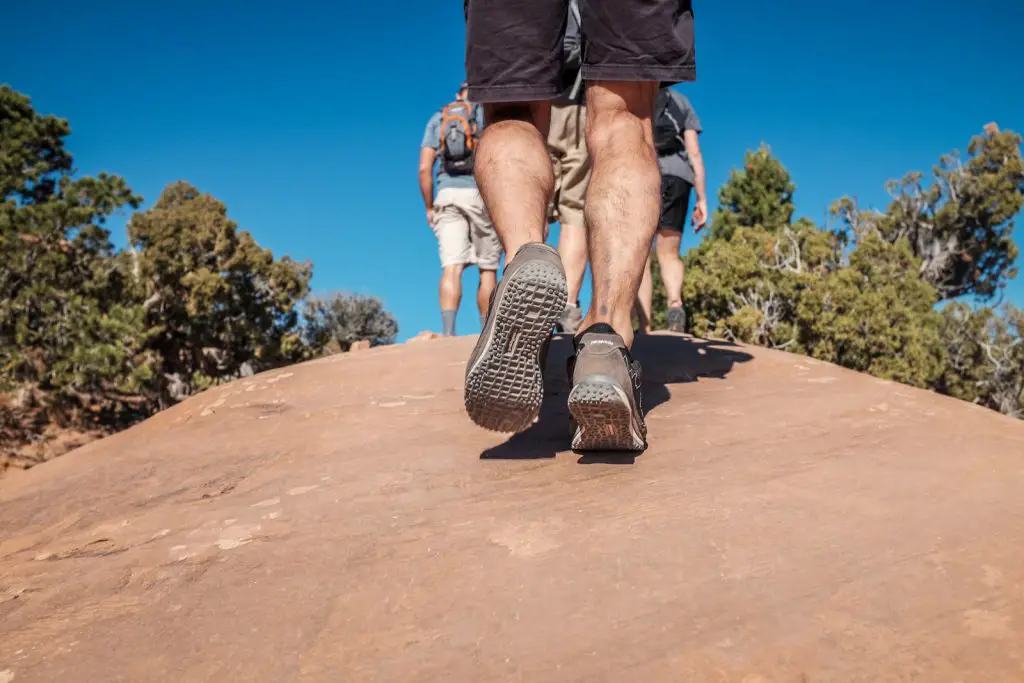Hiking is a popular activity that provides a wide range of benefits for the body, including improved cardiovascular health, stronger muscles, and increased endurance. One common question that many people have is whether hiking can cause your legs to grow in size. In this article, we will explore this topic and provide an in-depth explanation of what happens to your legs when you hike.
The Physical Demands of Hiking
Hiking is a physically demanding activity that requires you to use your legs, glutes, and core to navigate rough terrain, climb uphill, and carry a heavy backpack. This physical exertion causes your muscles to work harder than they would during normal activities, leading to increased strength and endurance over time.
As your muscles work harder, they also experience small amounts of tearing and damage. This is a natural part of the muscle-building process, and your body will respond by repairing the damaged tissue and making it stronger. This process is known as muscle hypertrophy, and it can result in increased muscle size over time.
Can Hiking Make Your Legs Bigger?
While hiking can cause your muscles to become stronger and more defined, it is unlikely to cause significant increases in muscle size. This is because hiking is primarily a cardiovascular activity, and while it does engage your leg muscles, it is not a weight-bearing exercise that is designed to build muscle mass.
In order to build larger muscles, you would need to engage in a more targeted strength-training program that includes heavy weightlifting and progressive resistance exercises.
The Benefits of Hiking for Your Legs
While hiking may not cause significant increases in muscle size, it does offer many other benefits for your legs. Hiking can improve your leg strength, flexibility, and endurance, helping you to become a more efficient and confident hiker.
In addition, hiking can also help to improve circulation in your legs, reducing the risk of conditions such as varicose veins and deep vein thrombosis. It can also help to reduce muscle imbalances and improve your overall posture, reducing the risk of injury and improving your overall mobility.
While hiking can improve your leg strength and endurance, it is unlikely to cause significant increases in muscle size. However, hiking offers many other benefits for your legs, including improved circulation, reduced muscle imbalances, and improved posture. So, if you’re looking to improve the health and strength of your legs, hiking is a great activity to consider.

